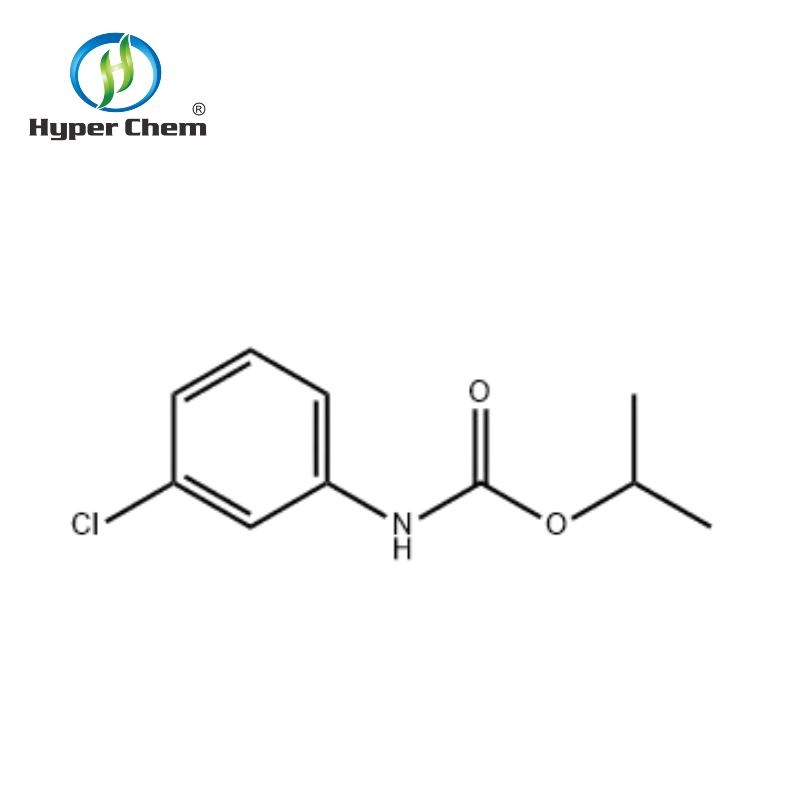-
Categories
-
Pharmaceutical Intermediates
-
Active Pharmaceutical Ingredients
-
Food Additives
- Industrial Coatings
- Agrochemicals
- Dyes and Pigments
- Surfactant
- Flavors and Fragrances
- Chemical Reagents
- Catalyst and Auxiliary
- Natural Products
- Inorganic Chemistry
-
Organic Chemistry
-
Biochemical Engineering
- Analytical Chemistry
-
Cosmetic Ingredient
- Water Treatment Chemical
-
Pharmaceutical Intermediates
Promotion
ECHEMI Mall
Wholesale
Weekly Price
Exhibition
News
-
Trade Service
Flumetsulam is an herbicide that is commonly used in the chemical industry for weed control.
It is known for its effectiveness in controlling a wide range of weed species, making it a popular choice for farmers, landscapers, and other professionals in the industry.
However, as with any chemical, it is important to understand the potential risks and safety concerns associated with its use.
One of the most important safety considerations when it comes to flumetsulam is its potential toxicity to humans and other living organisms.
While it is generally considered safe when used as directed, prolonged exposure or accidental ingestion can lead to serious health problems.
Studies have shown that high doses of flumetsulam can cause neurological damage, including memory loss and difficulty with concentration.
Another safety concern related to flumetsulam is its potential for environmental harm.
The chemical can be highly toxic to fish and other aquatic animals, and can cause significant damage to ecosystems if it is not used and disposed of properly.
It is important for those using flumetsulam to take precautions to prevent runoff and other forms of environmental contamination.
In addition to these safety concerns, there are also regulations in place to ensure the safe use of flumetsulam and other herbicides.
The Environmental Protection Agency (EPA) is responsible for overseeing the registration and use of these chemicals, and requires that all users follow strict guidelines to prevent exposure and environmental harm.
This includes proper training and certification for those who will be handling the chemical, as well as the use of protective equipment such as gloves and eye protection.
Despite these measures, accidents can still happen, and it is important for those using flumetsulam to be aware of the signs of exposure and to seek medical attention if necessary.
This can include symptoms such as headache, dizziness, and difficulty breathing, as well as more serious conditions such as seizures or loss of consciousness.
In conclusion, while flumetsulam can be an effective and useful chemical in the industry, it is important to understand the potential risks and safety concerns associated with its use.
As with any chemical, it is important to follow proper safety protocols and to take steps to prevent exposure and environmental harm.
By being aware of these risks and taking the necessary precautions, those in the industry can use flumetsulam safely and effectively.







